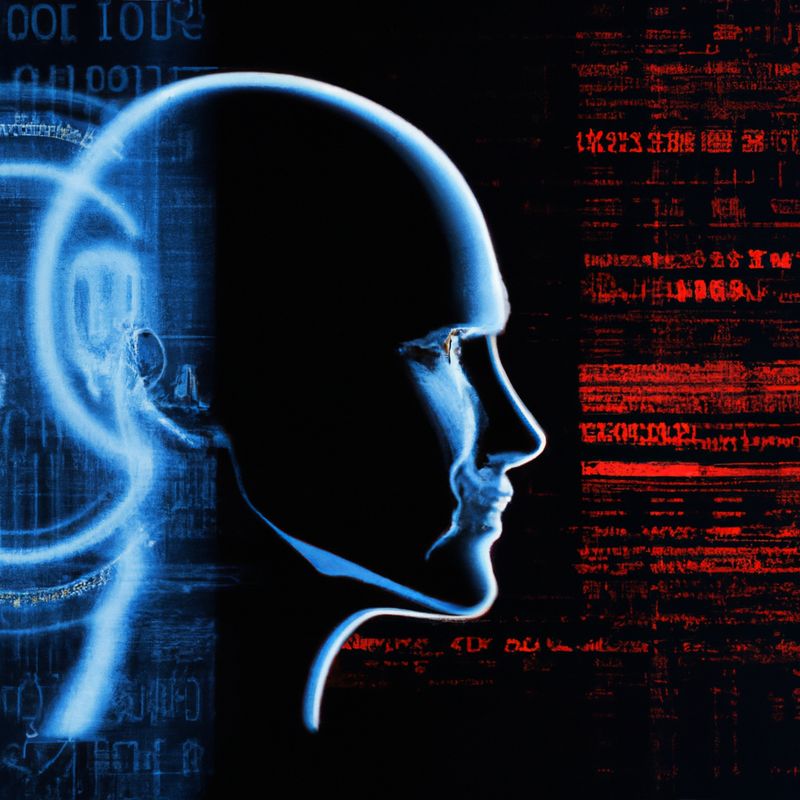The Best Generative AI System: What You Need to Know

Generative AI systems are becoming increasingly popular and important in today’s world. They are used for a variety of applications, from creating virtual worlds to helping diagnose diseases. But what is the best generative AI system? In this article, we will explore the different types of generative AI systems, their advantages and disadvantages, and the criteria to consider when choosing the best generative AI system for your needs.
What is Generative AI?
Generative AI is a type of artificial intelligence (AI) that is used to generate data or content from existing data or content. Generative AI systems are designed to create new data or content based on the input given to them. This type of AI is used for a variety of applications, such as creating virtual worlds, generating music, and helping diagnose diseases. Generative AI systems are becoming increasingly popular and important in today’s world.
Types of Generative AI Systems
Generative AI systems come in a variety of forms. The most common types of generative AI systems are generative adversarial networks (GANs), variational autoencoders (VAEs), and generative neural networks (GNNs). Each type of generative AI system has its own advantages and disadvantages, and is best suited for different types of tasks.
Generative Adversarial Networks (GANs)
Generative adversarial networks (GANs) are a type of generative AI system that uses two neural networks—a generator and a discriminator—to generate data or content from existing data or content. The generator creates new data or content, while the discriminator evaluates the generated data or content and determines if it is “real” or “fake.” GANs are used for a variety of tasks, such as generating images, generating music, and creating virtual worlds.
Advantages of GANs
GANs have several advantages over other types of generative AI systems. First, GANs can generate data or content from a wide range of sources, including images, text, and audio. This makes them useful for tasks such as creating virtual worlds, generating music, and helping diagnose diseases. Additionally, GANs are relatively easy to train and can produce high-quality results. Finally, GANs are also capable of producing results that are more realistic than other generative AI systems.
Disadvantages of GANs
Despite their advantages, GANs also have several disadvantages. First, GANs can be difficult to train and can take a long time to produce results. Additionally, GANs are prone to overfitting, which can lead to poor results. Finally, GANs can be computationally expensive, making them difficult to use in real-time applications.
Variational Autoencoders (VAEs)
Variational autoencoders (VAEs) are a type of generative AI system that uses an encoder-decoder architecture to generate data or content from existing data or content. The encoder encodes the input data or content into a low-dimensional representation, while the decoder decodes the encoded data or content into a higher-dimensional representation. VAEs are used for tasks such as generating images, generating music, and creating virtual worlds.
Advantages of VAEs
VAEs have several advantages over other types of generative AI systems. First, VAEs can generate data or content from a wide range of sources, including images, text, and audio. Additionally, VAEs are relatively easy to train and can produce high-quality results. Finally, VAEs are also capable of producing results that are more realistic than other generative AI systems.
Disadvantages of VAEs
Despite their advantages, VAEs also have several disadvantages. First, VAEs can be difficult to train and can take a long time to produce results. Additionally, VAEs are prone to overfitting, which can lead to poor results. Finally, VAEs can be computationally expensive, making them difficult to use in real-time applications.
Generative Neural Networks (GNNs)
Generative neural networks (GNNs) are a type of generative AI system that uses a deep neural network to generate data or content from existing data or content. GNNs are used for tasks such as generating images, generating music, and creating virtual worlds. GNNs are becoming increasingly popular due to their ability to generate high-quality results.
Advantages of GNNs
GNNs have several advantages over other types of generative AI systems. First, GNNs can generate data or content from a wide range of sources, including images, text, and audio. Additionally, GNNs are relatively easy to train and can produce high-quality results. Finally, GNNs are also capable of producing results that are more realistic than other generative AI systems.
Disadvantages of GNNs
Despite their advantages, GNNs also have several disadvantages. First, GNNs can be difficult to train and can take a long time to produce results. Additionally, GNNs are prone to overfitting, which can lead to poor results. Finally, GNNs can be computationally expensive, making them difficult to use in real-time applications.
Criteria for Choosing the Best Generative AI System
When choosing the best generative AI system for your needs, there are several criteria to consider. First, you should consider the type of data or content you need to generate. Different types of generative AI systems are best suited for different types of tasks. Additionally, you should consider the complexity of the task and the amount of time and resources you have available. Finally, you should also consider the cost of the system and the accuracy of the results it produces.
Conclusion
Generative AI systems are becoming increasingly popular and important in today’s world. They are used for a variety of applications, from creating virtual worlds to helping diagnose diseases. When choosing the best generative AI system for your needs, there are several criteria to consider, such as the type of data or content you need to generate, the complexity of the task, and the accuracy of the results. GANs, VAEs, and GNNs are the most common types of generative AI systems, each with their own advantages and disadvantages. By understanding the different types of generative AI systems, their advantages and disadvantages, and the criteria to consider when choosing the best generative AI system for your needs, you can make an informed decision about which system is best for your needs.
